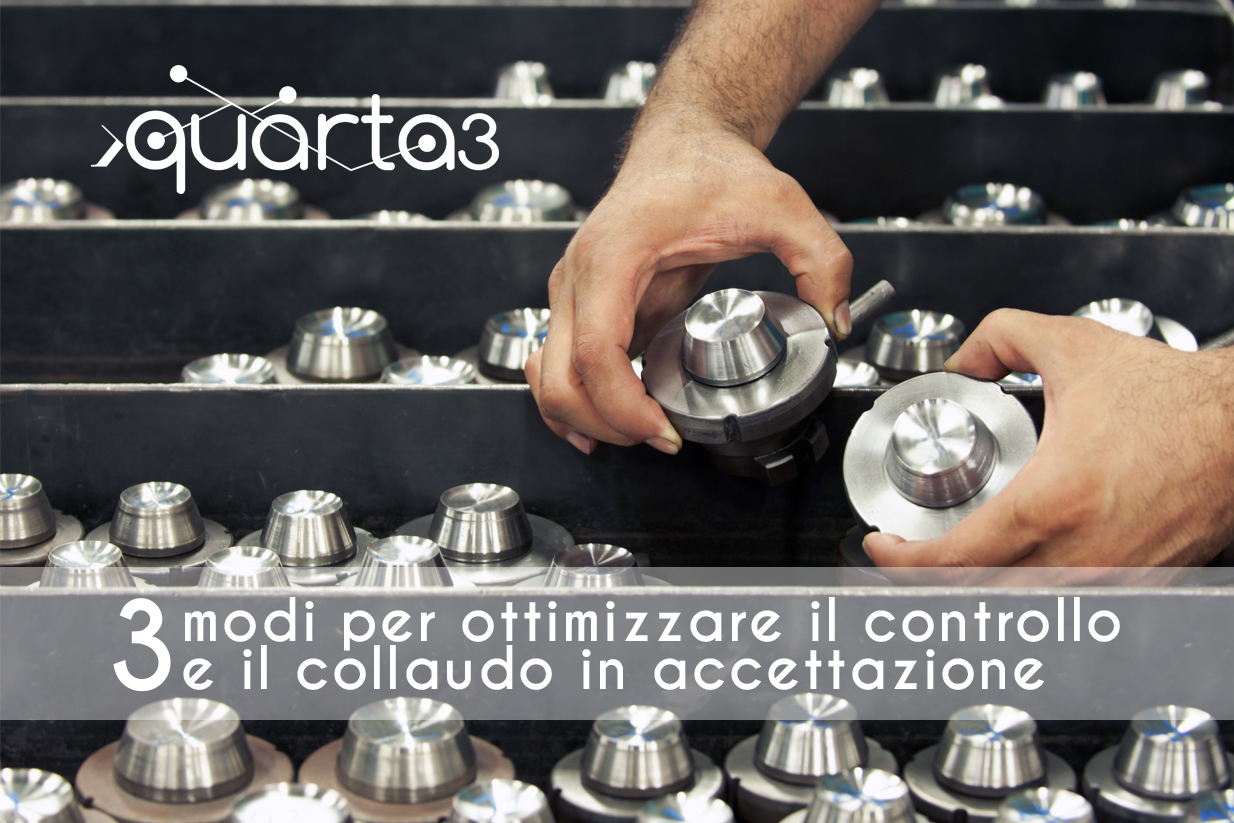
In the era of Industry 4.0 we have seen how quality management can no longer be approached in the same manner as before the fourth industrial revolution.
Quality controls are essentially the very "rationale" of how machines operate. This is because machines communicate with each other, and it is unacceptable for one machine to pass incorrect information or data that already falls outside quality parameters to another nearby machine.
Hence, the concept of Quality 4.0 emerges, where quality incorporates cybernetic and process-related concepts stemming from the networking and logical connections between machines and computers.
What exceptions exist to this scenario? Certainly, in areas where activities occur with limited machine control, particularly in inspection and testing during the acceptance of goods from suppliers. Despite some automation in these activities, significant flows of incoming goods to highly mechanized and computerized areas still undergo essentially manual checks.
Are there ways to reduce error possibilities during inspection and testing before these errors affect "error-free" processes? Here's how according to Blulink:
- Connect Measurement Tools
Integrating measurement tools into all inspection phases where possible can make the manual process more akin to machine-to-machine processes. This reduces error margins by enabling real-time data transmission to application tools capable of assessing correctness and promptly flagging deviations. - Structure Controls for "Free Pass" Capability
Control procedures need not be uniform for all materials. They can be differentiated to focus on components that historically posed more issues, allowing a form of self-certification for others. These may undergo less stringent but not absent checks. This management approach should be dynamic and updated based on real-time inspection results. - Integrate Control Phase with CAD and Management Systems
Testing cycles and specific characteristic details can be directly imported from CAD systems, thus reducing implementation times for controls and nearly eliminating risks of error.
In summary, linking measurement tools with at least one of the above optimization methods is highly beneficial. Numerous tools exist at both hardware (such as digital calipers) and software levels to collect field data and integrate it with exact measurements specified by the three-dimensional digital CAD drawing that governs the entire control cycle.
These measurements can then be transferred to management systems to verify exact discrepancies between the designed product and received supplier items, facilitating precise and statistically relevant control processes. This can lead to automated acceptance initiation, measurement marking against tolerances, or rejection of non-conforming pieces.
Non-conformity data, both within and beyond tolerances, can undergo percentage-based checks to prevent excess non-conforming pieces. This data can be transmitted in real-time not only to suppliers for analysis but also to other industrial partners needing integration into their production processes, as well as to machines involved in these processes, thereby achieving a practically "Error-free" Quality 4.0 process.
Implementing these control and acceptance testing activities can make these steps very similar to flawless data transmission between machines. These predictions rely on software tools like the one from Blulink, infact Quarta EVO Software is utilized globally by thousands of companies.
please contact us For detailed information

